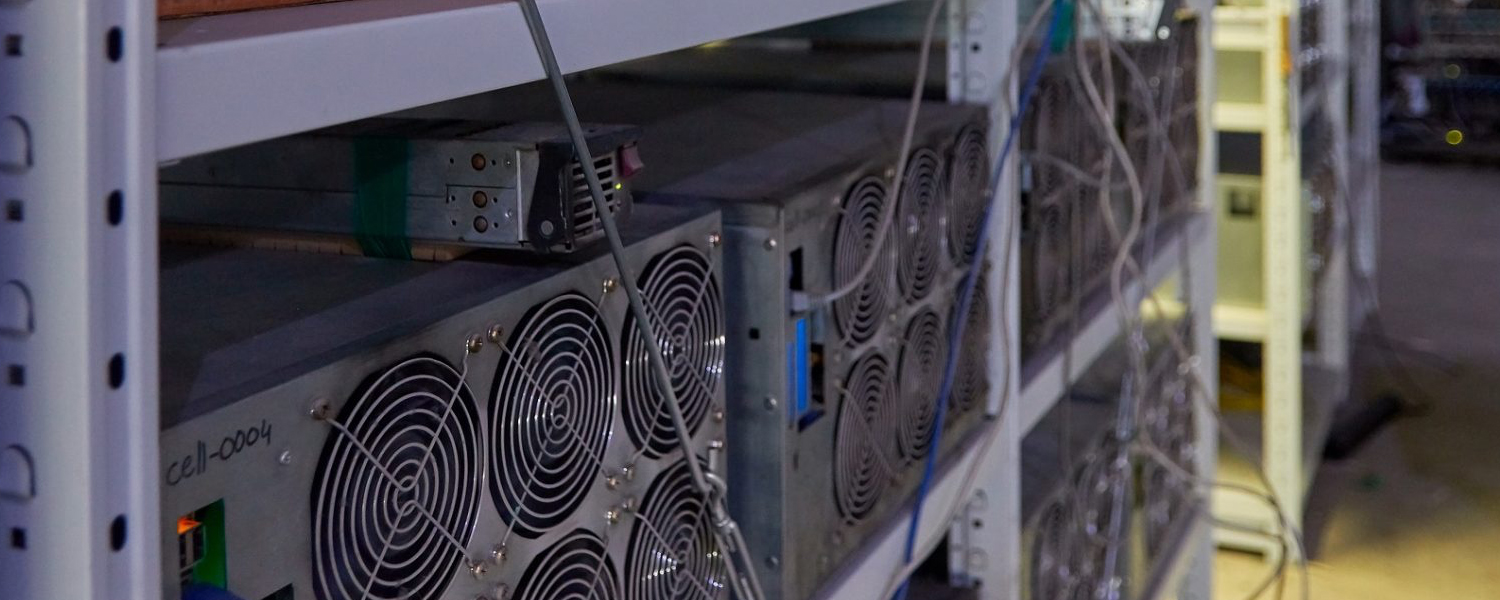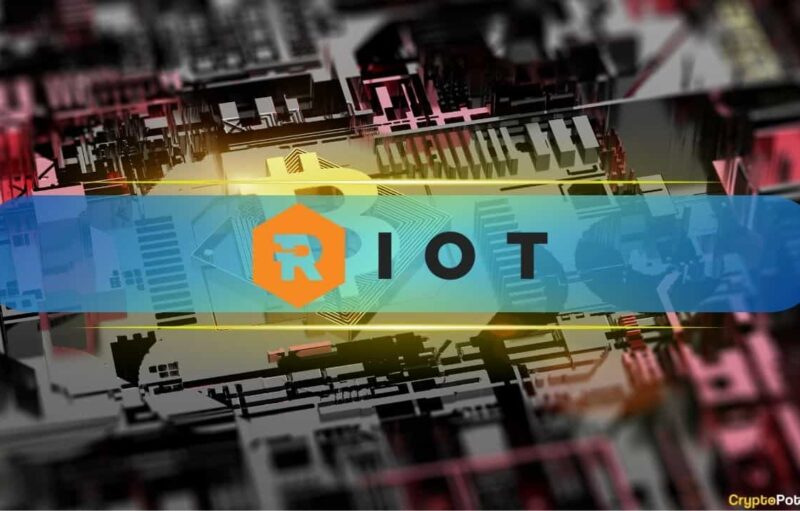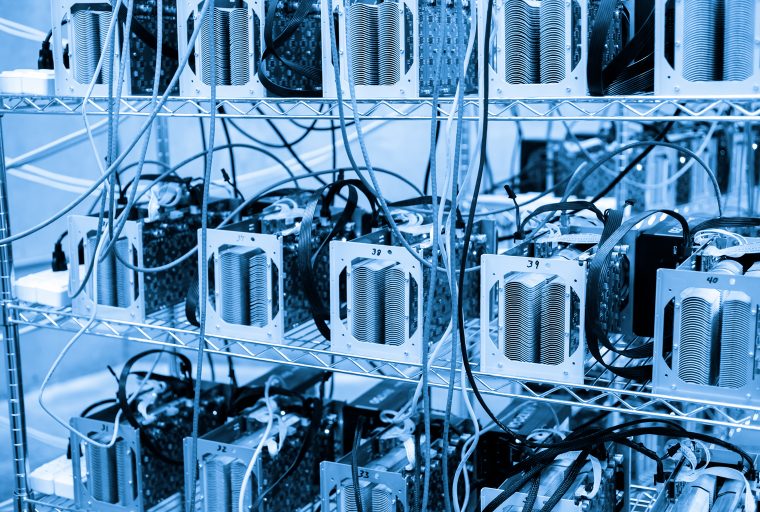
High-powered bitcoin miners and next-generation semiconductors go hand in hand and as process node technology grows, SHA256 hashrate follows. Coinshares’ recent bi-annual mining report highlights that newly introduced mining rigs have “as much as 5x the hashrate per unit as their generational predecessors.” Advanced chip technology has grown relentlessly and it’s significantly bolstered ASIC device manufacturing. Moreover, news from the International Electron Devices Meeting (IEDM) held on December 7-11 shows that the semiconductor industry is moving beyond the 7nm, 5nm, and 3nm processes and expects to design 2nm, and 1.4 nm chips by 2029.
Also Read: Lightning Network Wiki Page Faces Removal for Lack of Notability
2019’s Bitcoin Mining Rigs Produce Far More Hashrate Than Last Year’s Models
As far as the bitcoin mining industry is concerned, the ASIC device manufacturing industry is growing fast. Today’s devices produce far more hashrate than the mining rigs produced years ago and a number of them produce far more hashpower than last year’s models. Coinshares Research published a report this week that highlights how today’s mining rigs have “5x the hashrate per unit” compared to the earlier-generation units produced. News.Bitcoin.com covered the rising hashrates per unit from devices sold in 2018 and the hashrate increase in 2019 has been exponential. For instance, in 2017-2018 many mining rigs shifted from the 16nm semiconductor standard to the lower 12nm, 10nm and 7nm processes. On December 27, 2018, top bitcoin mining machines produced an average of 44 terahash per second (TH/s). Top 2018 machines included the Ebang Ebit E11+ (44TH/s), Innosilicon’s Terminator 2 (25TH/s), Bitmain’s Antminer S15 (28TH/s) and the Microbt Whatsminer M10 (33TH/s).
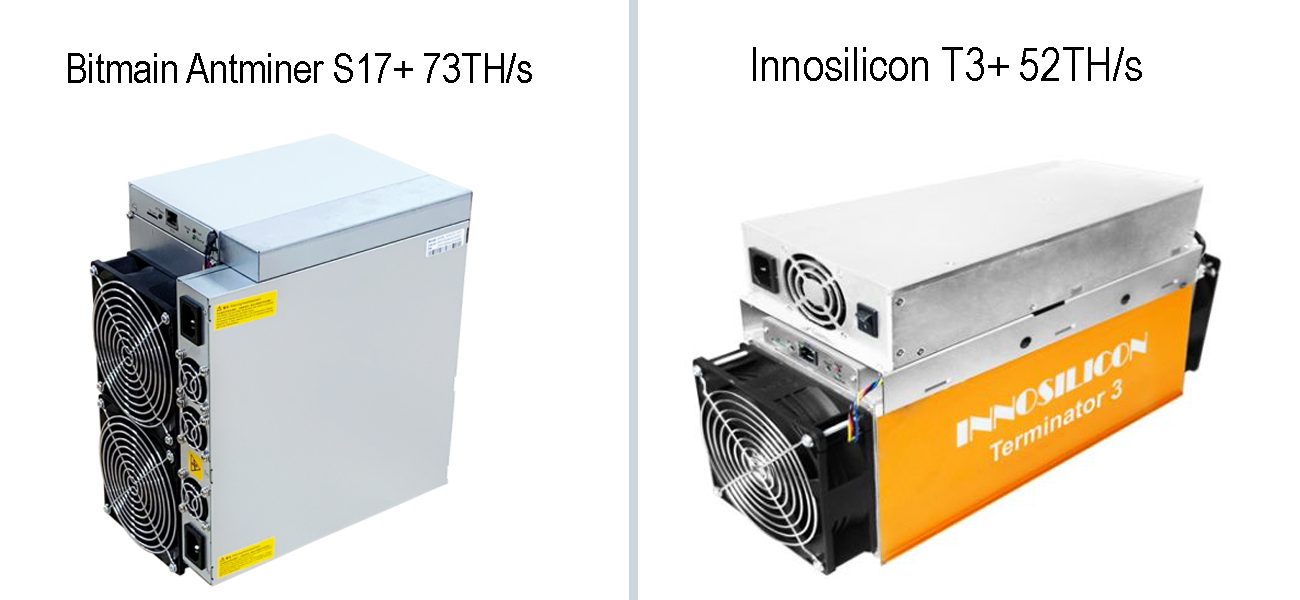 Two of the top producing bitcoin miners manufactured in 2019.
Two of the top producing bitcoin miners manufactured in 2019.
In December 2019, a number of mining devices now produce 50TH/s to 73TH/s. There are high-powered mining rigs like Bitmain’s Antminer S17+ (73TH/s), and the S17 50TH/s-53TH/s models. Innosilicon has Terminator 3, which claims to produce 52TH/s and 2800W of power off the wall. Then there’s rigs like the Strongu STU-U8 Pro (60TH/s), Microbt Whatsminer M20S (68TH/s) and Bitmain’s Antminer T17+ (64TH/s). At today’s prices and an electrical cost of roughly $0.12 per kilowatt-hour (kWh), all of these high powered mining devices are profiting if they mine the SHA256 networks BTC or BCH. At the end of the Coinshares Research mining report, the study discusses many of the next-generation miners available, alongside older machines being sold on secondary markets or still being used today. The report covers machine logistics and prices from manufacturers like Bitfury, Bitmain, Canaan and Ebang. Each mining product is given an “Assumption Rating Strength from 0 – 10,” the report notes.
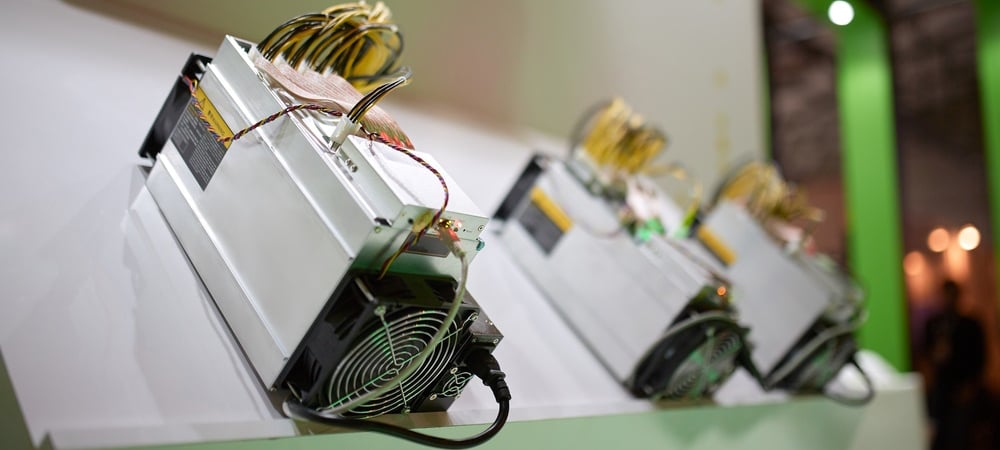 On December 27, 2018, top bitcoin mining machines produced an average of 44 terahash per second and today’s models produce upwards of 50-73TH/s.
On December 27, 2018, top bitcoin mining machines produced an average of 44 terahash per second and today’s models produce upwards of 50-73TH/s.
While Bitcoin Miners Leverage 7nm to 12nm Chips, Semiconductor Manufacturers Have a Roadmap for 2nm and 1.4nm Processes
In addition to the notable performance increase with 2019 mining rigs compared to models produced last year, the semiconductor industry’s recent IEDM event shows ASIC miners will likely continue to improve as the years continue. The five-day conference underlined the growth of 7nm, 5nm, and 3nm processes within the industry, but more innovation is on the way. Slides from Intel, one of the top semiconductor manufacturers in the world, indicates the company plans to accelerate its 10nm and 7nm processes and expects to have a 1.4nm node by 2029. This week saw the first mention of the 1.4nm infrastructure in an Intel slide and anandtech.com says the node would “be the equivalent of 12 silicon atoms across.” The IEDM event slideshow from Intel also shows a 5nm node for 2023 and a 2nm node within the 2029 timeframe as well.
 Participants at the International Electron Devices Meeting (IEDM) held on December 7-11 saw Intel’s first mention of the 1.4nm infrastructure.
Participants at the International Electron Devices Meeting (IEDM) held on December 7-11 saw Intel’s first mention of the 1.4nm infrastructure.
Right now the ASIC mining rigs produced by manufacturers like Bitmain, Canaan, Ebang, and Microbt mostly leverage 12nm, 10nm, and 7nm chips. The 2019 units that utilize these chips are producing upwards of 50TH/s to 73TH/s per unit. This means as 5nm and 3nm processes fortify in the next two years, mining devices should improve a great deal as well. It’s hard to conceptualize how fast mining rigs packed with 2nm and 1.4 nm chips will perform, but they will likely be significantly faster than today’s machines.
Moreover, the majority of mining companies are using chip processes by the Taiwan Semiconductor Manufacturing Company (TSMC). The Taiwan semiconductor foundry plans to accelerate processes just like Intel and it’s possible that TSMC might be ahead of the game in that regard. Despite which semiconductor firm creates better chips faster, the improvements within the chip industry as a whole will most definitely bolster bitcoin mining rigs being built over the next two decades.
What do you think about the growth of high powered bitcoin mining rigs between 2018 and 2019? What do you think about the improvement of 7nm, 5nm, 3nm processes and the possibility of 2nm, and 1.4nm chips by 2029? Let us know what you think about this subject in the comments section below.
Disclaimer: This article is for informational purposes only. It is not an offer or solicitation of an offer to buy or sell, or a recommendation, endorsement, or sponsorship of any products, services, or companies. Neither the company nor the author is responsible, directly or indirectly, for any damage or loss caused or alleged to be caused by or in connection with the use of or reliance on any content, goods or services mentioned in this article.
Image credits: Shutterstock, Wiki Commons, Fair Use, Bitmain, Innosilicon, and Pixabay.
Did you know you can earn BTC and BCH through Bitcoin Mining? If you already own hardware, connect it to our powerful Bitcoin mining pool. If not, you can easily get started through one of our flexible Bitcoin cloud mining contracts.
Please enable JavaScript to view the comments powered by Disqus.
The post appeared first on Bitcoin News

